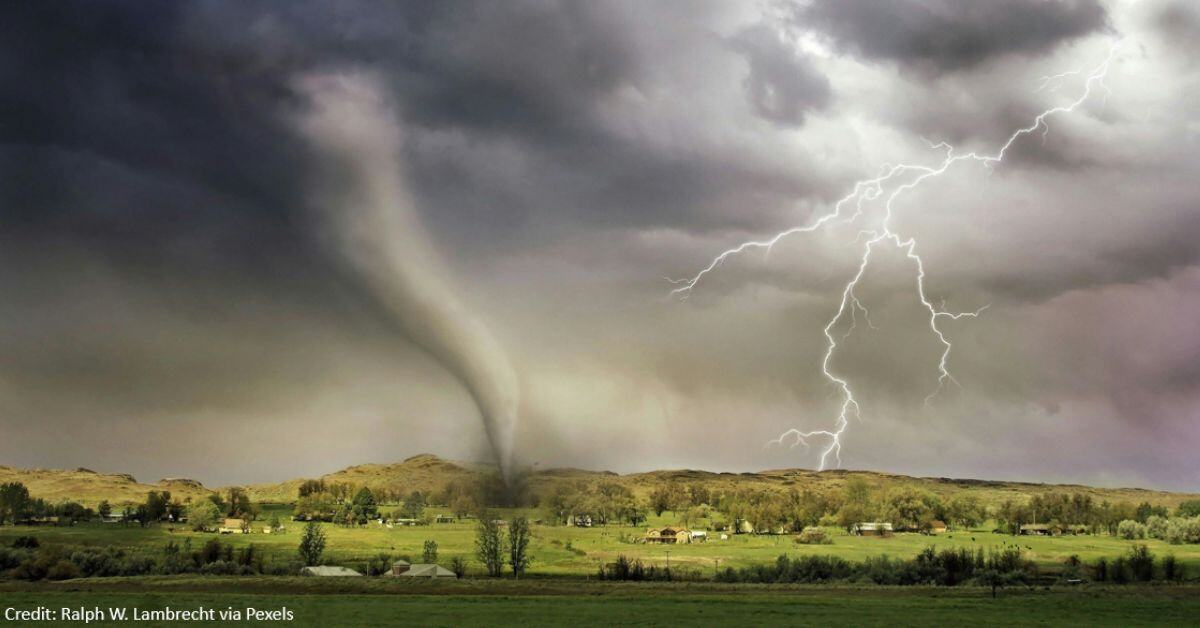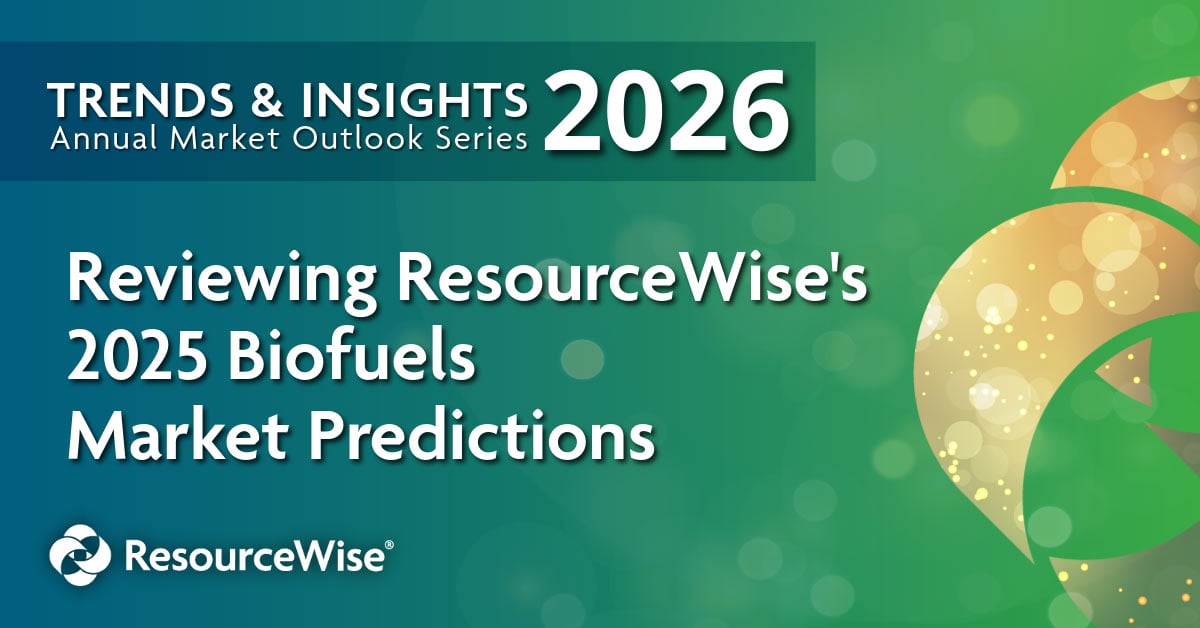
This article was updated on September 11, 2024. See the updated section below
The US hurricane season brings heightened levels of uncertainty to chemicals supply chains. Right now, it is Hurricane Beryl that industry eyes are keenly focused on as she moves into and through the Caribbean.
Could the costliest hurricane ever to hit North America be exceeded by the first 2024 version? Few American adults will ever forget the destruction reaped when Hurricane Katrina slammed into southern Louisiana in 2005.
Indeed, 2021's powerful Category 4 storm, Hurricane Ida, remains a painful reminder of the deadliness and damage potential of Caribbean weather extremes. Many petrochemical plants and oil refineries in the region remained closed into September 2021.
While this week's key questions revolve around where Hurricane Beryl will head after she moves through the Caribbean, US hurricane season is still in its early stages. Therefore, many more questions will be posed—around many more named hurricanes—before the season concludes at the end of November.
Petrochemical Industry "Well Prepared"
According to William Bann, Lead Business Manager, ResourceWise, Chemicals, the petrochemical industry on the US Gulf Coast is well prepared for hurricanes and adverse weather conditions.
“All the companies have protocols in place. It's usually the associated power outages and whether or not there's a severe storm surge that causes the most problems.
 “Transportation disruptions depend on where the storm hits. Companies have already been discussing hurricane season because the National Weather Service said this might be a busy season."
“Transportation disruptions depend on where the storm hits. Companies have already been discussing hurricane season because the National Weather Service said this might be a busy season."
Anyway, Bann (pictured right) adds that most companies are currently maintaining average to lower-than-average inventories due to weak demand.
Safely resuming operations at petrochemical plants and refineries that are knocked offline by adverse weather conditions, ongoing flooding, and storms tends to present the greatest problems to chemical manufacturers caught up in action.
When hurricanes and storms bring down utility poles in their paths—as Ida did thousands in 2021—restoration can be slow and difficult. In this way, Ida impacted chlor-alkali markets because plants lacked access to sufficient power streams for an extended period post-storm.
Similarly, power outages to refineries can have a widespread ripple effect on gasoline and diesel prices within US domestic markets.
Transport: The Knock-on Effects
Then there’s the impact on transportation links. We have become accustomed to reports of logistics issues triggered by falls in water levels—this was especially true for the drought-hit Mississippi River in 2023.
After Hurricane Ida made landfall, for a brief period the storm surge was so powerful and intense it reversed the Mississippi River's flow. The direct result of Ida's onslaught was closure of the waterway to all barge traffic for a week as damage assessments and repairs took place. When it finally reopened, there were restrictions in most locations.
Since hundreds of millions of tons of cargo are shipped via the Mississippi system annually, any disruption to its operation is significant to value chain movement. Grains, for example, are largely transported via the river, impacting US oleochemicals supply chains. See our blog post Oleochemicals Renewable Resources From Nature: An Introduction.
It is also usual for disruption of this key waterway to increase logistics costs for all goods transported by its barges. Certainly, even minor disruptions put a strain on supply chains and price structures.
Beryl and Beyond: Extreme Weather in 2024
Reports by CBS News and its affiliate News6 on July 1 highlighted the possibility that an area of high pressure could change direction and move eastwards after US Independence Day. However, for forecasters in the region, the question is; "will Beryl reemerge over the Bay of Campeche and move towards Texas, or die out with catastrophic inland flooding in Mexico next weekend?"
Because of these potential outcomes, residents of the US Gulf Coast and especially west Gulf Coast—from Texas to Louisiana—will be monitoring the situation closely in the coming days.
And whether Beryl wreaks havoc in the US or not, the watch for adverse weather won’t be over. The National Oceanic and Atmospheric Administration (NOAA) predicted up to 25 total named storms (winds of 39 mph or higher) in the Atlantic basin this year.
Of those, up to thirteen are forecast to become hurricanes (winds of 74 mph or higher), including up to seven major hurricanes (category 3, 4, or 5, with winds of 111 mph or higher). Forecasters are 70 percent confident in these ranges.
Updated Section: Hurricane Francine
As of noon Eastern Time (Wednesday, September 11), Hurricane Francine was headed toward the Louisiana coast. She is expected to grow stronger into a Category 2 as she nears the state, with winds up to 110 mph expected. Francine strengthened from a tropical storm into a Category 1 hurricane yesterday.
Forecasters have predicted she will hit sometime during this evening.
Should Louisiana-based chlor-alkali producers shut down plants due to extreme weather conditions as they did in 2021, the supply from the US for caustic soda and vinyls will tighten.
Price swings for North American caustic soda product were several hundreds of dollars per ton during 2021. As the graph below shows, the greatest swings happened within the weeks after Hurricane Ida. The price hikes were mainly driven by a tightness of supply in the market. When material becomes scarce, prices rise; that is the pattern.
 Source: OrbiChem360, ResourceWise
Source: OrbiChem360, ResourceWise
Availability was low due to the Texas deep freeze in February 2021, from which producers were still trying to play catch-up. Caustic soda demand recovered much more quickly than expected, which, combined with the already low output, resulted in very tight inventories—essentially higher selling prices.
This trend was also seen in North America’s maleic anhydride (MA) markets. Huntsman’s 45 ktpa MA plant in Geismar, Louisiana, shut down due to a power outage in the area. As the price graph from our chemicals industry platform OrbiChem360 below shows, maleic anhydride prices in the US rose as a result.

Source: OrbiChem360, ResourceWise
The import share for MA into the US is always low, explains Kaiyin Hu, Senior Consultant, ResourceWise, Chemicals. "Customers mainly rely on domestic supply." Therefore, when adverse weather conditions hit plants delivering this key intermediate, producers' prices increase, and its captive US market must pay or go without.
Increased Climate Calamity Is on the Horizon
As explored in an earlier blog post about adverse weather conditions, How a US Gulf Coast Snow Flurry Roused Quiet Markets, disruptions to operations across the chemical supply chain are commonplace—and are becoming increasingly so. However, operators’ abilities to cushion them are improving, too, mainly because they have to.
Procurement professionals—both buyers and sellers—and analysts will surely be in intense monitor mode until the weather settles. Will the conditions initiate a stockpile mentality, or will traders exploit an arbitrage opportunity? That is yet to be seen. As our earlier snow flurry blog post shows, extreme weather doesn’t always dampen trade; sometimes, such incidences have the opposite effect.
For a demo of our chemicals business intelligence platforms, schedule a call with an expert.


 Jane Denny
Jane Denny


